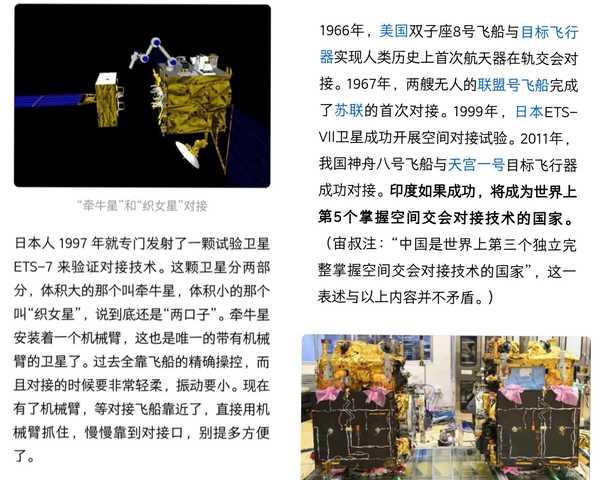India's Space Docking Achievement in Global Context
India successfully completed its first-ever space docking mission, joining the elite group of nations with this capability after the United States, Russia, and China. This milestone strengthens India’s position in space technology and sets the stage for more ambitious missions.

India’s successful completion of its first space docking mission marks a significant milestone in the global space race. This achievement places India in an exclusive group of nations, following the United States, Russia, and China, demonstrating the country’s growing capabilities in space technology.
The technical complexity of this mission cannot be understated. The operation involved two satellites, each weighing 220 kilograms, successfully meeting and connecting in orbit. While this may seem modest compared to larger space stations, the precision required for such a maneuver is remarkable. The mission faced several challenges, with three previous attempts experiencing various technical issues before the final successful docking.
This achievement has particular significance for India’s future space ambitions. Prime Minister Modi highlighted this as a “cornerstone” for India’s upcoming space missions. Indeed, space docking capability is crucial for various advanced space operations, including:
- Construction and maintenance of space stations
- Extended deep space missions requiring multiple launches
- Satellite servicing and refueling operations
- Future human spaceflight missions
In the broader context of India’s space program, this achievement builds upon several other recent successes. In 2023, India’s Chandrayaan-3 made a successful soft landing on the Moon’s south pole, making India the fourth nation to achieve a lunar landing. The country has also demonstrated capability in Mars exploration, with its Mars Orbiter Mission in 2014 making India the first Asian nation to reach Mars orbit.
India’s space technology capabilities now place it in a unique position among global space powers. While not yet at the level of the United States or China, India has demonstrated remarkable progress with a relatively modest budget. The country has developed expertise in several key areas:
- Launch vehicle technology with various payload capabilities
- Satellite manufacturing and deployment
- Deep space exploration
- Space observation and communication systems
The successful docking mission represents more than just technical achievement - it symbolizes India’s emergence as a major player in the global space sector. The Indian Space Research Organisation (ISRO) has outlined ambitious plans for the future, including a space station by 2035 and advanced satellite constellations.
However, challenges remain. India’s space program must continue to develop more sophisticated technologies while maintaining its cost-effective approach. The completion of this docking mission, while impressive, required multiple attempts, indicating areas for improvement in reliability and precision.
Looking ahead, this capability opens new possibilities for India’s space program. The technology demonstrated in this mission is essential for future space station operations, deep space missions, and satellite servicing capabilities. As India continues to advance its space program, this achievement serves as both a milestone and a stepping stone toward more ambitious goals in space exploration.